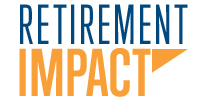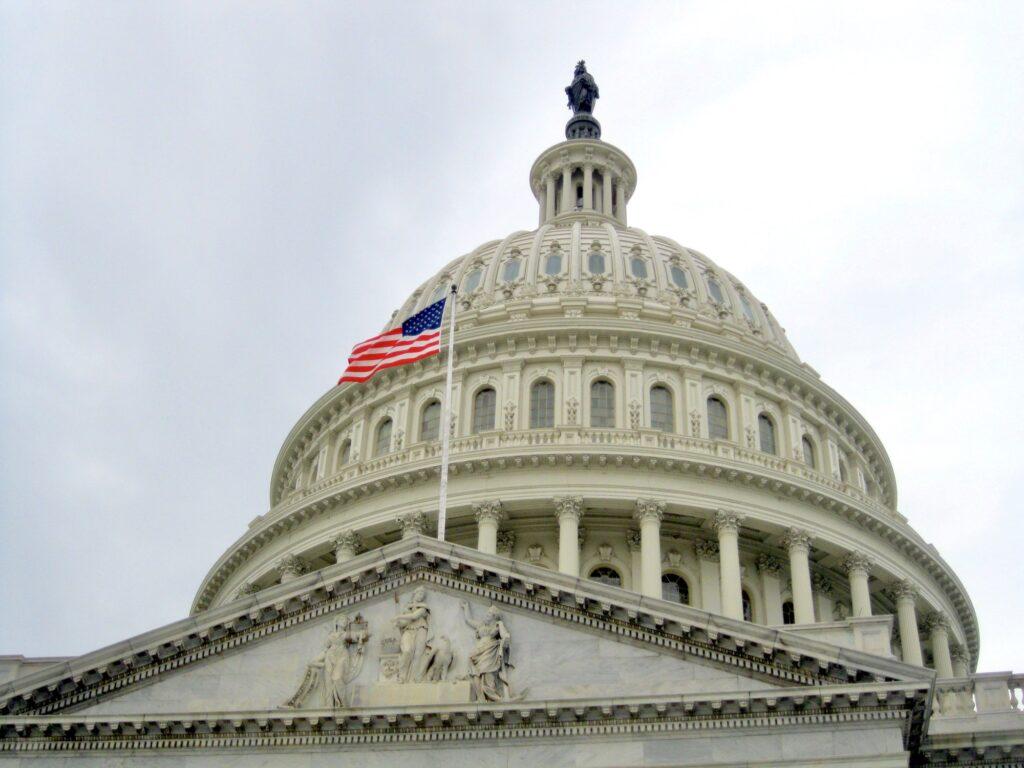Recap: SECURE Act 2.0 Webinar
Greetings fellow business owners, have you heard the news about the Secure Act 2.0? This newly enacted law is a game-changer when it comes to retirement plans, and it has some exciting provisions that could benefit you and your employees.
Secure Act 2.0 includes provisions to expand plan coverage, increase retirement savings, preserve retirement income, and simplify retirement plan rules for plan sponsors. This means that it’s now easier than ever for your employees to save for their future, and it’s simpler for you to offer retirement plans to your workforce. Plus, there are new tax credits for small businesses that make it even more enticing to provide retirement plans to your employees.
One of the most significant changes is the ability to allow employer matching or non-elective contributions to be treated as Roth contributions. This is a fantastic way to help your employees save more money for their future, while also providing tax benefits for your business. Additionally, the IRS is changing the penalty for failure to take a Required Minimum Distribution (RMD) from 50% to 25%, which can be a significant relief for those who may have overlooked this requirement in the past.
Furthermore, new 401(k) plans must include an auto-enrollment feature after the 2022 plan year, making it easier for your employees to start saving for their future. And for those who like to keep things interesting, Secure Act 2.0 also allows Simple IRAs to include Roth contributions, 401(k) plans to upgrade to a 401(k) plan during the year, and 529 plans to rollover to Roth IRAs.
However, it’s important to note that implementing these changes isn’t as simple as flipping a switch. Plan sponsors must decide which provisions to add to their plans and coordinate with payroll departments and plan providers to implement the changes. Also, plans must provide a paper benefit statement at least once a year for defined contribution plans and once every three years for DB plans.
In conclusion, Secure Act 2.0 is a fantastic opportunity to enhance your retirement plans and help your employees save more money for their future. If you’re interested in taking advantage of the new changes, make sure to talk to your plan provider or financial advisor about how to implement these provisions in a way that benefits both your employees and your business.






